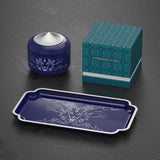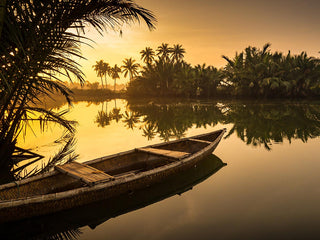

Sail the Silk Road of the Sea
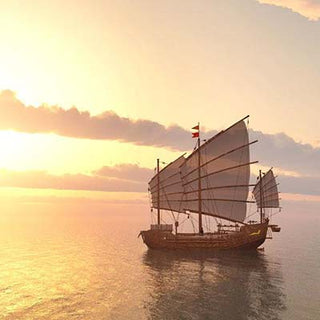
Our voyage begins on board a ship.
Beneath her wooden prow, the sea runs in long swells between tropical islands, hazy under a fierce sun. This section of the maritime Silk Road follows the equator, whose existence has been known to mariners and merchants for a thousand years. The year is 1386.
The ship’s graceful lines and tall, stiff sails proclaim that she is a Chinese trading junk. In her hold, huge jars of unfired pottery protect a cargo of Jingdezhen porcelain. The precious blue and white ware is bound for the palaces of distant Arabia but will first find new owners and different ships in the most famous trading city in South East Asia - Singapura.
Behind its high walls, wealthy merchants barter treasures from the kingdoms of half the world. Seven hundred years from now, this great city will be known as Singapore.
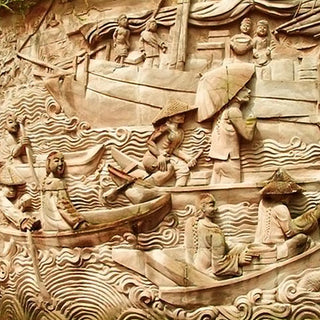
Through the haze, a hill shimmers into focus.
On its seaward slope, fine buildings of brick and wood are set among gardens and flowering trees. At the base of the hill is a river. Its mouth forms a harbour lined with wooden wharfs and warehouses. The harbour is protected from invaders and pirates by a huge rope that must be dragged from the entrance before a vessel can enter.
Once inside it is easy to see how the Silk Road of the Sea got its name. Ships of every size, design and origin jostle along the quays. Sleek dhows from Arabia dispute space with sea-going outrigger canoes from the Indonesian spice islands. High-sterned junks from Vietnam tower over the long low hulls of merchantmen from the coast of India.
From every point of the compass, they have brought precious metals, silks, exquisite lacquer ware, ceramics, jewellery, perfumes and spices to this great crossroads of crafts and cultures.
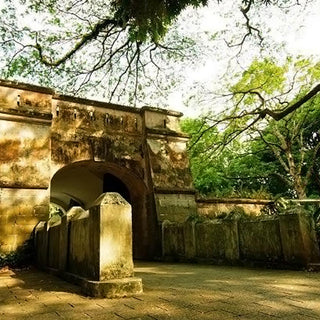
This is no simple trading post.
A newcomer who follows the brick-lined road from the harbour and through the gates of the city immediately finds a bustling, sophisticated metropolis, whose citizens enjoy a standard of living unsurpassed in any city of South East Asia. Its streets are lined with workshops, where the treasures brought from the harbour are worked into objects of unique and sophisticated design.
Passers-by who pause to inspect or haggle, wear clothes of fine cloth and headdresses shot through with threads of gold. Servants clear a path for men of high rank who sweep past, showing gold hilted ceremonial daggers at their waist. The common folk eat meals from plates and bowls of green-glazed celadon pottery imported from China.
Amazing as these sights must be for visitors, if the newcomer were to raise his eyes to the hill above and ask what is to be found there, he would hear of even greater wonders. Hear, but never see. From the royal palace at its top, to the gardens at its base, the hill is the hallowed preserve of the rulers of the Kingdom of Singapura and their ancestors, descendants of a liaison between a great King and a goddess from the sea. This is Bukit Larangan, the Forbidden Hill.








































